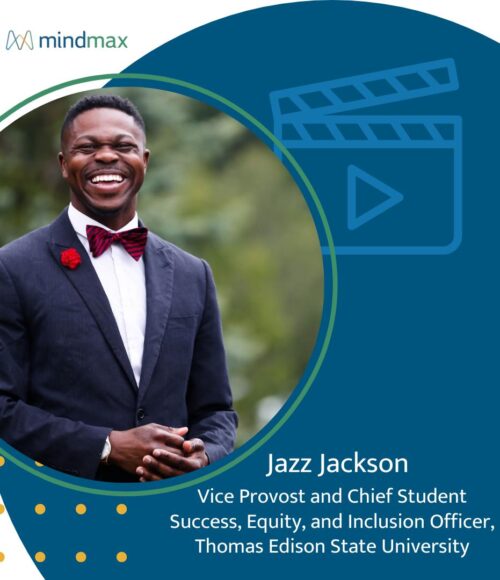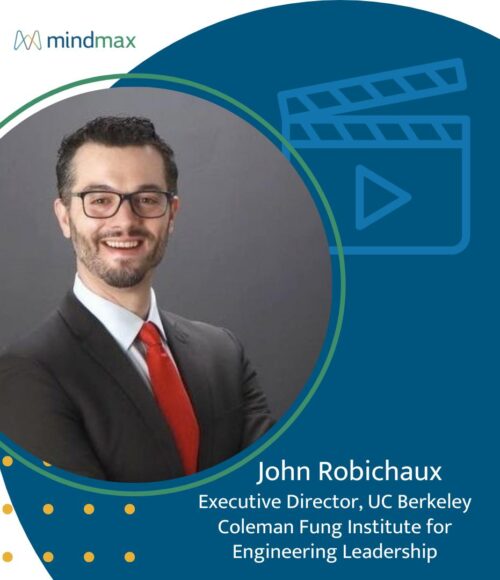How Storytelling Deepens Our Collective Empathy

I’ve always strived to live by the motto that it’s more important to be kind than right.
I was recently reminded of this philosophy while listening to an episode of the Hidden Brain podcast about the power of storytelling. It got me thinking about how the stories we tell help us connect with each other in meaningful ways—even despite our differences.
Our society seems designed to silo each of us in our own personal echo chamber, reverberating with supportive information that confirms the worldview we already hold. It’s human nature to identify with a tribe: it helps us feel safe and connected. But this insular approach to one another isn’t doing us any favors—and it certainly isn’t helping us become more loving and tolerant.
So how do we break out of our echo chambers and develop genuine empathy for the people we encounter in our lives?
I can tell you from personal experience that when you get to know someone on a personal level—when you hear their story—you’ll begin to notice more commonalities than differences.
My Favorite Example: The Yankees vs. Red Sox Rivalry
Picture two fans, one cheering for the Yankees, the other for the Red Sox, seated next to each other in a baseball stadium. Their relationship to one another, if you could call it that, is pure rivalry. They don’t identify as having anything in common, because they have only one data point by which to compare and contrast themselves.
What begins as an antagonistic seating arrangement gradually improves as they start talking during the game.
As the innings go by, the fans realize that both have 12-year-old sons; both attended the same college; both would like to visit Alaska; both love cherry pie.
As they share more of their personal stories, they develop additional data points upon which to base their connection. By the end of the game, the initial enmity they felt for one another has almost entirely faded away.
It’s a simplistic example, I know, but it represents an important truth: at our cores, we’re more similar than we think we are.
Beyond Right and Wrong: Understanding People’s Stories
In a past life, I used to work with teachers. My goal was always to create a learning environment that helped them create better learning environments in turn.
I wanted them to understand that there are no wrong answers when students are learning. It’s easy to declare that 2+2=4 is “right” and 2+2=3 is “wrong,” but what really matters is why a student thinks so. Understanding the why (their story) provides a roadmap for helping them come up with the mathematically correct answer.
Sill believe that every question has one right answer? Try these on for size:
- What’s considered late when meeting a friend?
- How expensive is a fancy dinner for two?
- How many is a few?
For each of these questions, the answer depends entirely on the person responding. My concept of “late” isn’t the same as someone who’s always running 5 minutes ahead of time. A person who works two jobs to make ends meet will have a very different concept of what’s “expensive” than a millionaire.
People’s stories inform the responses that they provide, so how can there be a right or wrong answer? The answer itself doesn’t matter nearly as much as understanding the story behind how someone arrived at a certain conclusion.
Facts are disputable, but how we feel is always valid and correct.
Applying the Power of Storytelling to Higher Education
Learning at its very core is about discovering new ways of thinking—and what better way to join on a path to discovery than to hear someone else’s story? At colleges and universities, the power of sharing stories lies at the heart of what is truly essential for these institutions to thrive.
It’s a case for art and storytelling.
It’s a case for how to teach inside a classroom.
It’s a case for looking within and valuing connection over being right.
It’s a case for allowing freedom of expression and holding space for that as an institution.
Listening to someone’s story—and having our own stories heard—helps us understand each other and the world around us with new perspective. We may not always agree with what we hear, but that’s to be expected. When we allow ourselves these opportunities for genuine connection and empathy, we clear a broader path for us to walk together despite our differences.
We recently launched the MindMaxing podcast as a way to share more stories from the higher education community. If you’re interested, you can listen and subscribe right here.
Related Ideas
Jazz Jackson Wants to Help Every Student Finish What They Start

John Robichaux Wants Lifelong Learning to Drive Public Impact
